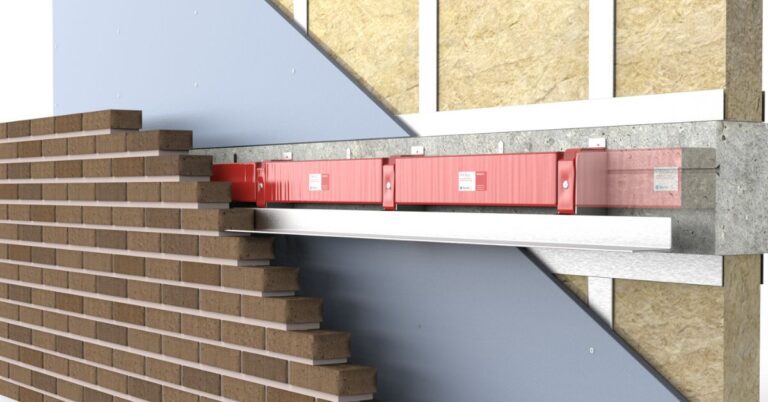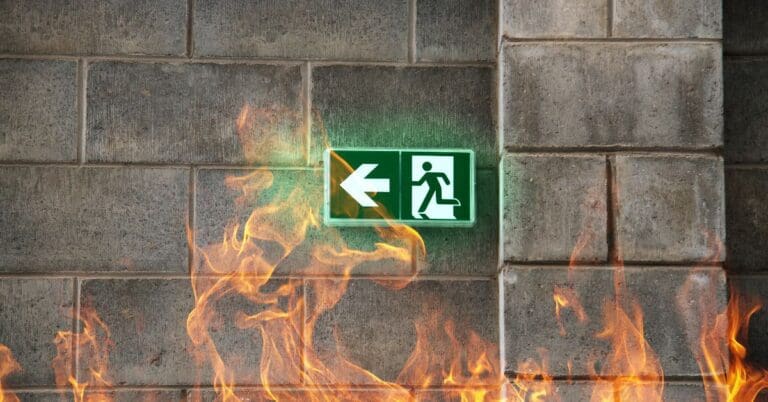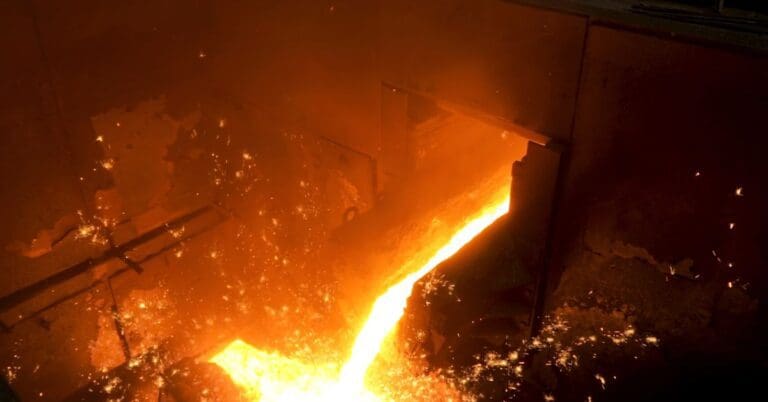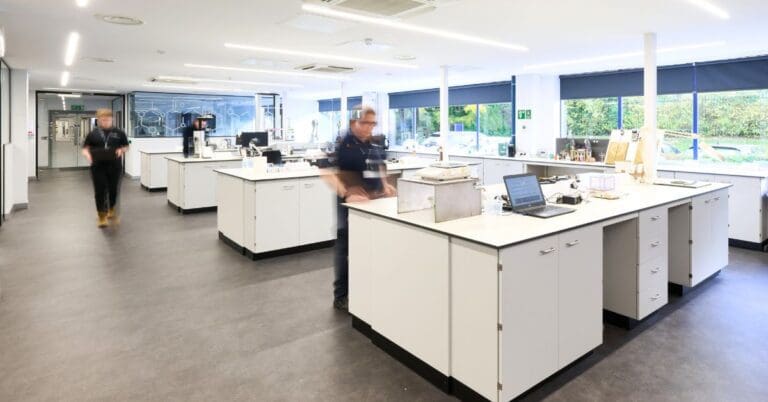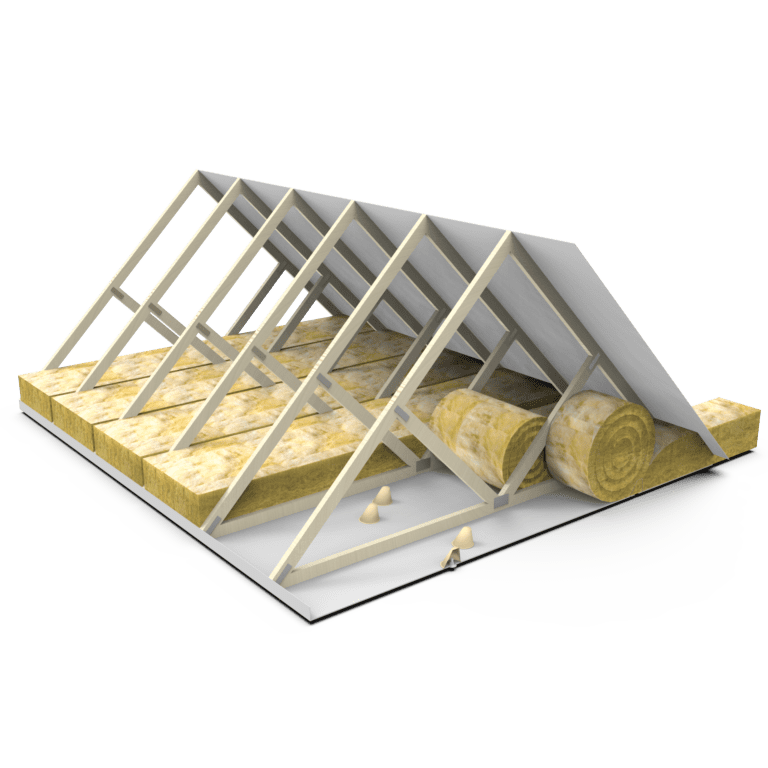How to pick the right Intumescent for your project
Intumescents are technologically advanced passive fire protection materials. Intumescents are typically used in construction to maintain or reinstate the fire resistance of buildings, in floors, walls and ceilings.
When planning the construction of a building the integrity of structures needs to be considered. Penetrations such as pipes, ducting, lighting, electrical sockets are all places that fire can use to spread through buildings. Intumescents will expand to close off the penetration and block the spread of fire, smoke and excessive heat.
Tenmat supplies a range of intumescent materials, each has different characteristics which makes them suitable for different applications. It’s important to use the best suited material for your application as the reaction to fire can be different, leading to potential injury or structural damage.
FF102
This is a rigid intumescent that possesses excellent pressure generation and expansion performance. It is a halogen free, graphite based intumescent which produces a particularly stable and resilient insulating char structure during and after expansion.
Key applications
- Open state cavity barriers
- Door and glazing applications
- Iron monger protection
- Firestop systems for ventilation
- General gap sealing
FF102B
This is also a rigid intumescent, as above and is most commonly used as the intumescent core within air transfer grilles, to maintain fire compartmentation in timber fire doors.
Learn about air transfer grilles
FF107
This is an exceptionally powerful intumescent which combines fast reaction with high expansion and pressure generation. This material produces a solid char of integrity when in a fire situation.
Key applications
- Open state cavity fire barriers
- Penetration seals
- Pipe wraps
- Duct fire wraps
- Fire collars
- Electrical socket protection
- Gap sealing
FF160
Firefly 160 is an industry leading intumescent materials developed to provide outstanding expansion characteristics combined with exceptionally solid and durable char structure. It retains fast reaction and high pressure generation characteristics whilst also offering a high level of controlled multi-directional expansion. The resulting performance is ideally suited to the more onerous European (EN) Fire Testing of pipe penetrations where uncapped/ Uncapped (U/U) testing is required.
Key applications
- Service penetration seals
- Fire wraps
- Fire collars
- Fire curtains
- Construction joint seals
- Gap sealing applications
FF104E
This material generates high expansion and pressure generation when exposed to fire or heat. It is created in a very low thickness and easy characteristics make it ideal as a thin intumescent gasket material where space is a premium. It’s supplied in rolls for easy use on site.
Key applications
- Fire door and glazing seals doors hardware
- Ironmongery protection damper seals
- Electrical socket protection
- Gap sealing
- Gasket applications
FF108
If you are looking for a low density, compressible intumescent materials which exerts relatively low pressure and free expansion characteristics. The low pressure and free expansion characteristics. The low free expansion ensures and extremely solid and stable char structure is produced. The material can be vacuum formed into a variety of shapes as well as being produced in sheet form.
Key applications
- Expansion joint seals
- Cable basket protection
- Fire stop blocks
FF109
109 is a highly compressible intumescent material which expands to form a resilient and stable char, the material is available in sheets or formed shapes.
This is a lower density material with mid-range expansion characteristic, this allows the material to function in a controlled manner without the need for additional restraints.
Key applications
- Service penetration seals
- Pipe fire sleeves [link to pipe fire sleeves]
- Vent duct fire sleeves [link to duct fire sleeves]
- Fire rated light covers
FF120 & FF130
These are exonerated mineral fibre based fire resistant materials, which are used to reinstate fire and acoustic ratings and improve air tightness.
FF120 offers fully non-combustible A1 reaction to fire classification performance
FF130 offers added flexibility, allowing rolling/ folding of shapes to ease fitting. Both materials are available vacuum formed into shapes.
Key applications

